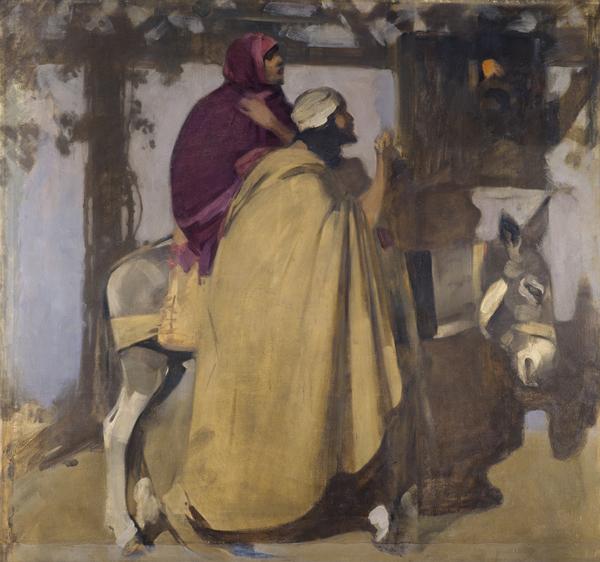About this artwork
In this experimental work Melville depicts the dazzling light and dust of a chalk pit. His treatment of the landscape is almost abstract. The location is the South Downs, near Merstham, Surrey, close to where he was then living. A tunnel was being constructed for the Quarry Line of the London, Brighton and South Coast Railway Company, which opened in 1899. Amidst the clouds of chalk dust is a narrow-gauge railway and trucks loaded with blocks of stone.
Updated February 2024
-
artist:Arthur Melville (1855 - 1904) Scottish
-
title:The Chalk Cutting
-
date created:1898
-
materials:Oil on canvas
-
measurements:85.10 x 92.80 cm; Framed: 113.30 x 120.30 x 5.00 cm
-
object type:
-
credit line:Purchased with the assistance of Art Fund and the Patrons of the National Galleries of Scotland, 2013
-
accession number:NG 2870
-
gallery:
Arthur Melville
Arthur Melville
Melville's travels in Europe and the Middle East inspired his vibrant paintings in oil and watercolour. He developed a distinctive technique of watercolour painting, described as 'blottesque', using dabs of pigment on wet paper and blotting them with a sponge. Melville, born in Angus, studied...




